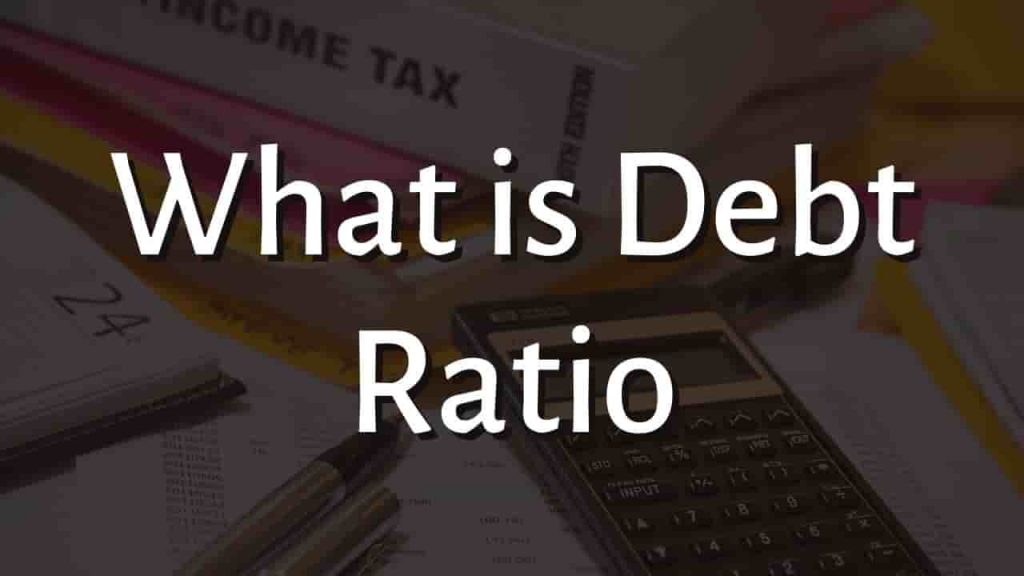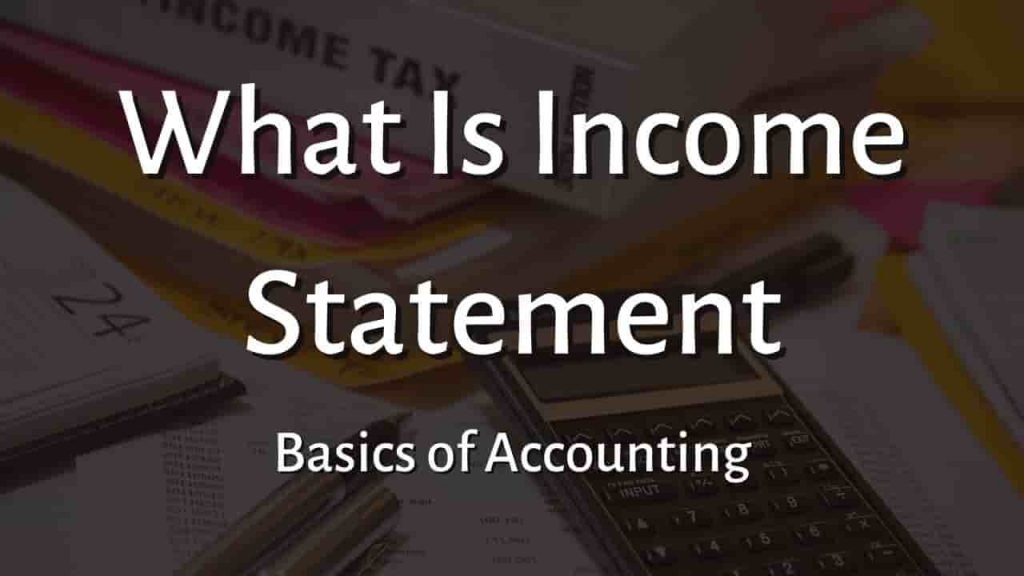What is Debt Ratio?
The debt ratio, commonly known as the Debt to Asset Ratio, is a measure of a company’s ability to repay its debts. This is a solvency ratio that compares a company’s total liabilities to its total assets.
In certain ways, the debt ratio demonstrates a company’s capacity to repay its creditors with its assets. To put it another way, this illustrates how many assets the corporation must sell in order to pay off all of its creditors.
This ratio assesses a company’s financial leverage. Companies having a greater ratio of obligations to assets are deemed highly leveraged and dangerous for lenders.
This assists investors and creditors in analyzing the company’s overall debt load as well as the firm’s capacity to repay the loan in future, unpredictable economic circumstances.
The debt ratio of a corporation provides insight into how the organization is financed. This gives a clear idea of how much leverage a company has. The corporation might be financed largely via debt, predominantly through equity, or a combination of the two.
Debt Ratio Formula
Total liabilities are divided by total assets to calculate the debt ratio. Both of these figures are easily accessed on the balance sheet. Here’s the debt ratio of Debt to Asset Ratio formula:
Debt Ratio = Total Debt or Total Liabilities / Total Assets
In your computation, make sure to include both total liabilities and total assets. The debt ratio reflects the company’s total debt load, not simply its current debt.
How to Find Debt Ratio
Simply divide the entire debt by the total assets to calculate a company’s debt ratio. Total debt covers a company’s short and long-term liabilities (such as lines of credit and bank loans), whereas total assets include current, fixed, and intangible assets (i.e. property, equipment, goodwill, etc.).
Debt ratio formula:
Debt ratio = Total Debt/Total Assets
As an example:
Mr. B Company currently has a total asset value of $200,000 and a total liability value of $45,000.
As a result, his company’s debt ratio would be 45,000/200,000.
In this scenario, the debt ratio is 4.5/20, or 22%.
This is a low debt ratio, implying that Mr. B Company is low risk.
Debt Ratio Interpretation
Because it calculates total liabilities as a proportion of total assets, the debt ratio is displayed in decimal format. As with many solvency ratios, smaller ratios are preferable to greater ratios.
A lower debt ratio often indicates a more stable corporation with the potential for longevity, as a company with a lower ratio also has a lower overall debt. Each industry has its own debt benchmarks, but 0.5 is a good percentage.
A low degree of risk is better since it is associated with a more independent firm that does not need to rely extensively on borrowed capital and is thus more financially stable.
These companies will have a low debt ratio (below 0.5 or 50%), showing that the majority of their assets are wholly owned (funded by the firm’s own equity rather than loan).
A high-risk level combined with a high debt ratio indicates that the company has taken on a significant amount of risk. If a corporation has a high debt ratio (more than.5 or 50%), it is sometimes referred to as “highly leveraged”. which means that most of its assets are financed through debt, not equity.
A ratio of one indicates that total liabilities equal total assets. In other words, in order to pay off its creditors, the corporation would have to sell off all of its assets. Clearly, this is a high-leverage corporation. The company can no longer operate after its assets have been sold.
Because creditors are constantly anxious about getting repaid, the debt ratio is a basic solvency ratio. When corporations borrow more money, their debt-to-equity ratio rises, and creditors refuse to lend them money. Companies with greater debt ratios should seek equity financing to expand their operations.
What Debt Ratio is Good?
A lower debt ratio often indicates a more stable corporation with the potential for longevity, as a company with a lower ratio also has a lower overall debt. Each industry has its own debt benchmarks, but 0.5 or less 50% is a good ratio percentage.
For more click here and if you are looking for full forms of different acronyms and words then check out this list you really gonna find this helpful. We also have an Essay on every topic, Check the complete list here. If you are Studying in Matric Free Video Lectures of Maths, Physics and English are here, and we have got you covered for I.COM Business Maths also.







